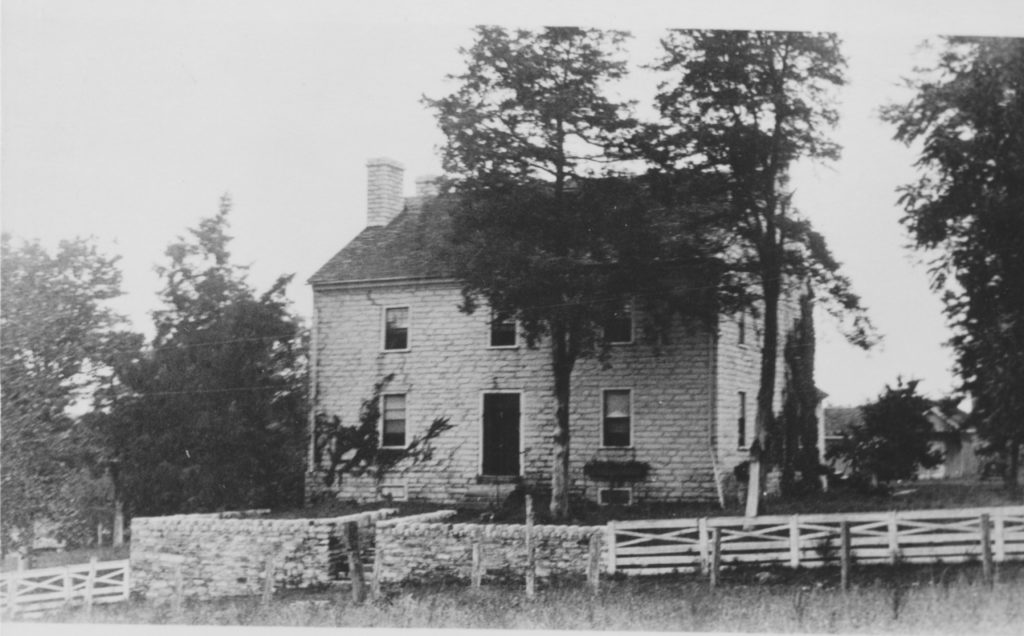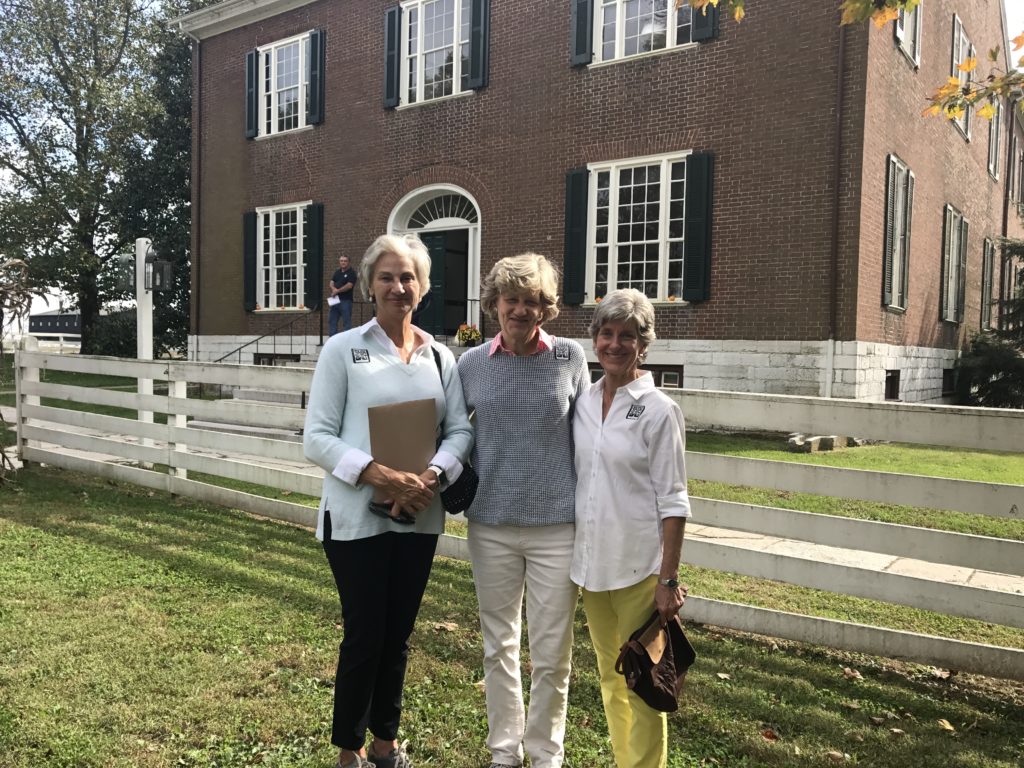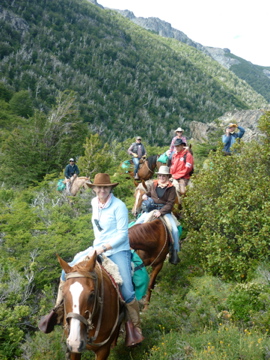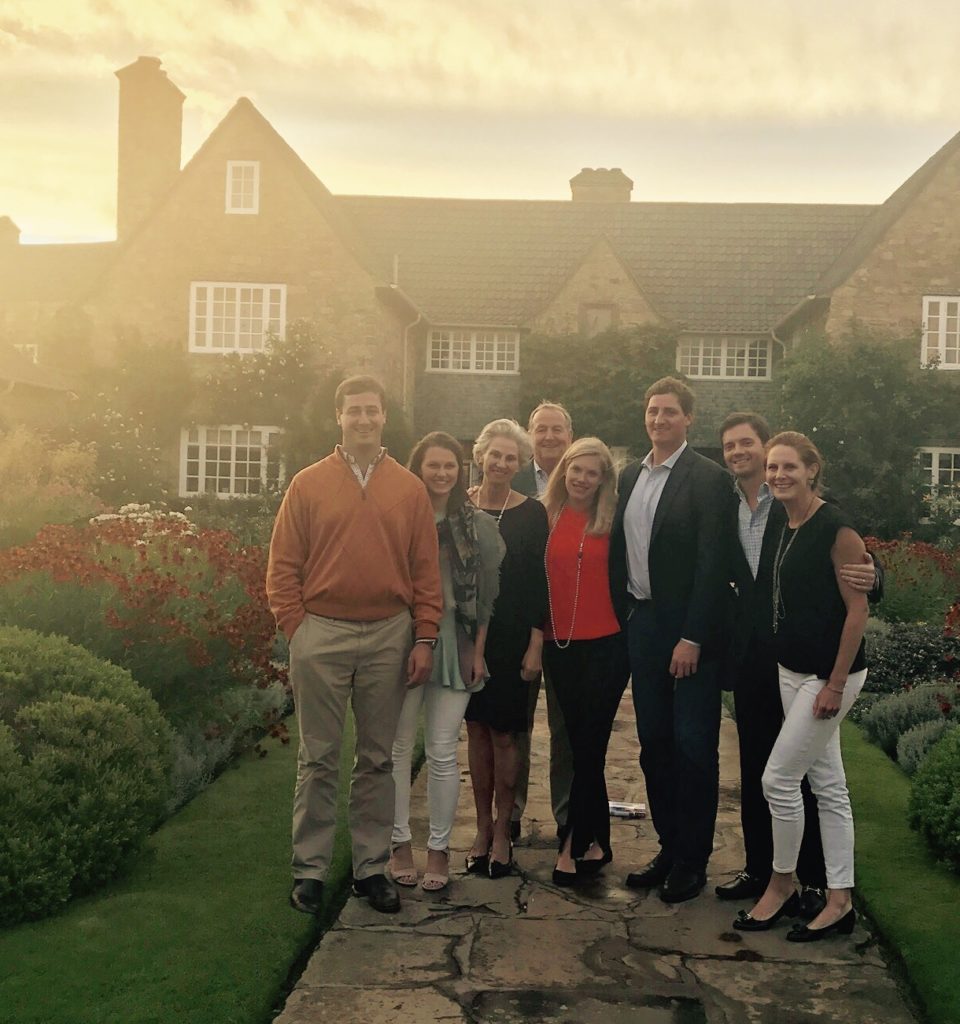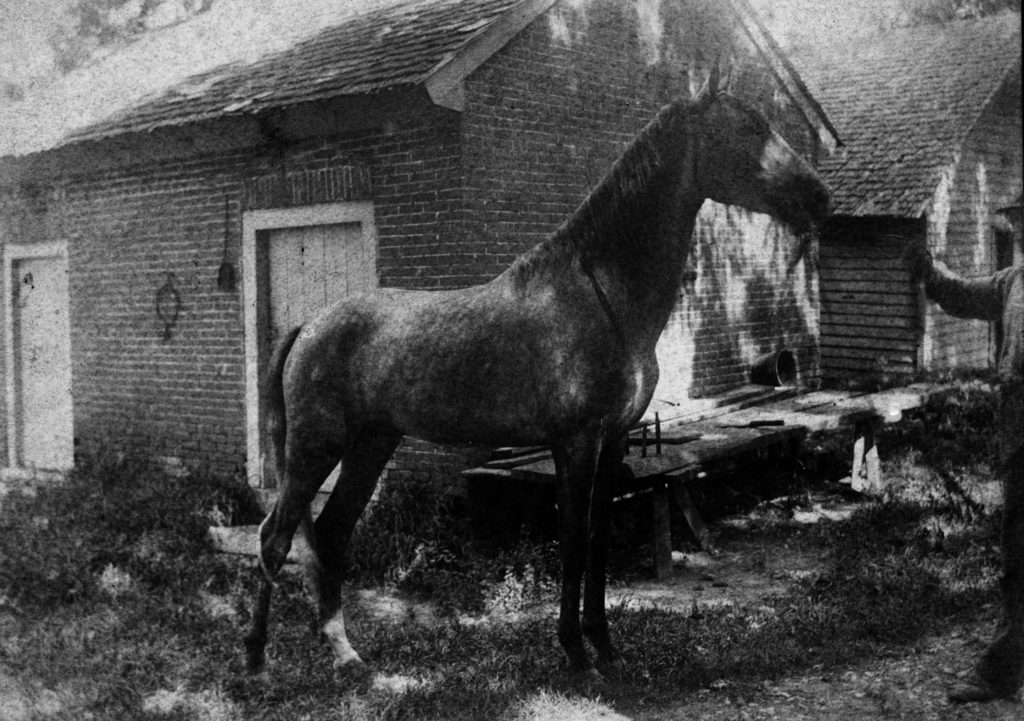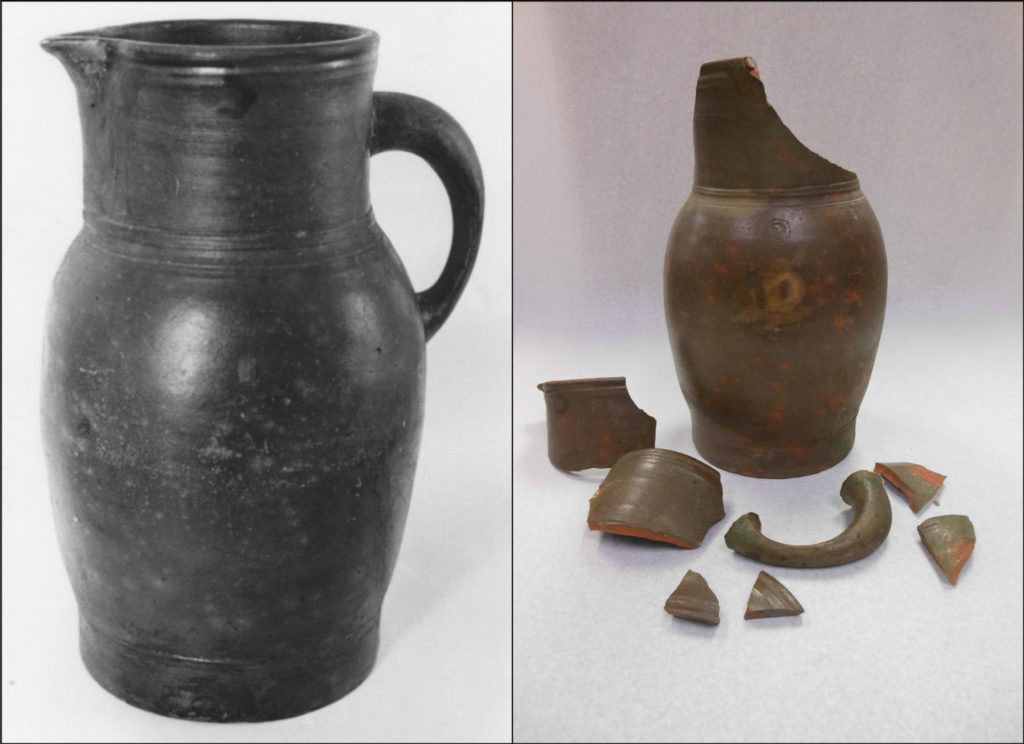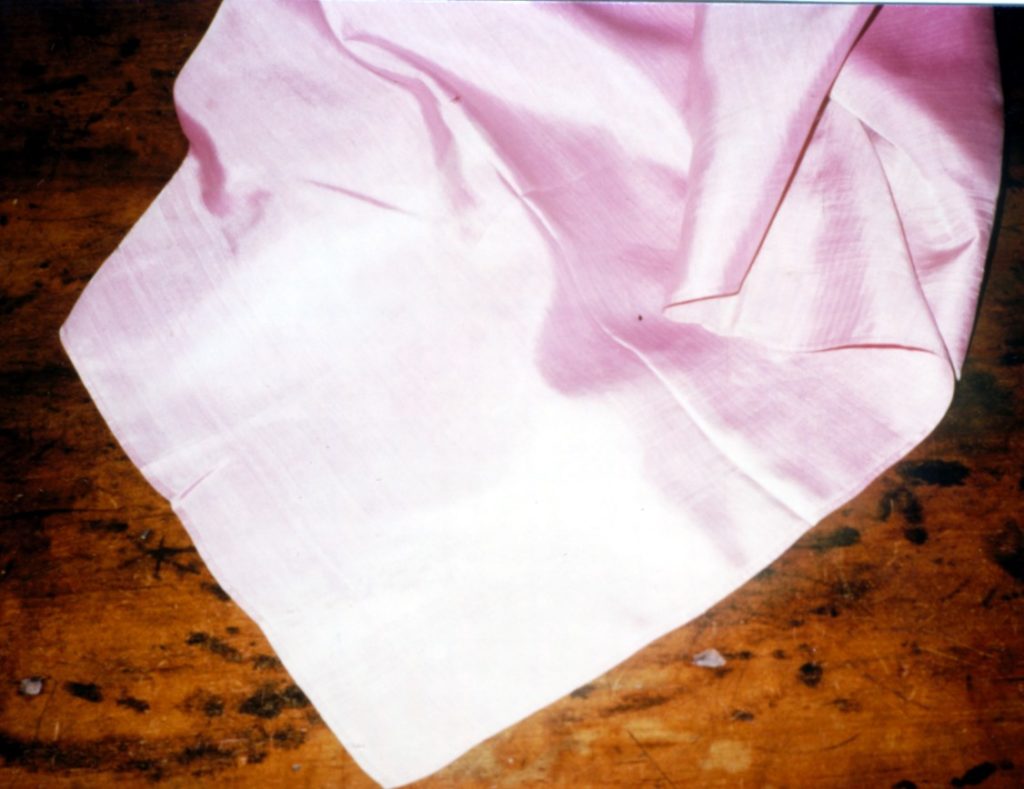Melissa Donahoo, Development Coordinator
The staff and administration at Shaker Village entered 2020 with a high level of energy and excitement. 2019 had been a remarkable year at Shaker Village, and we put in place a great number of plans for 2020 that would further enhance the guest experience. But, “life is what happen to us while we are making other plans” (Allen Saunders; John Lennon).
As a non-profit cultural site, the mandated closure in the early weeks of the pandemic was difficult. But, it was within the Shaker journals that we found inspiration in this challenging time. The Shakers themselves were no strangers to adversity and had navigated through the Spanish Flu in 1918 as well Cholera outbreaks in 1820.
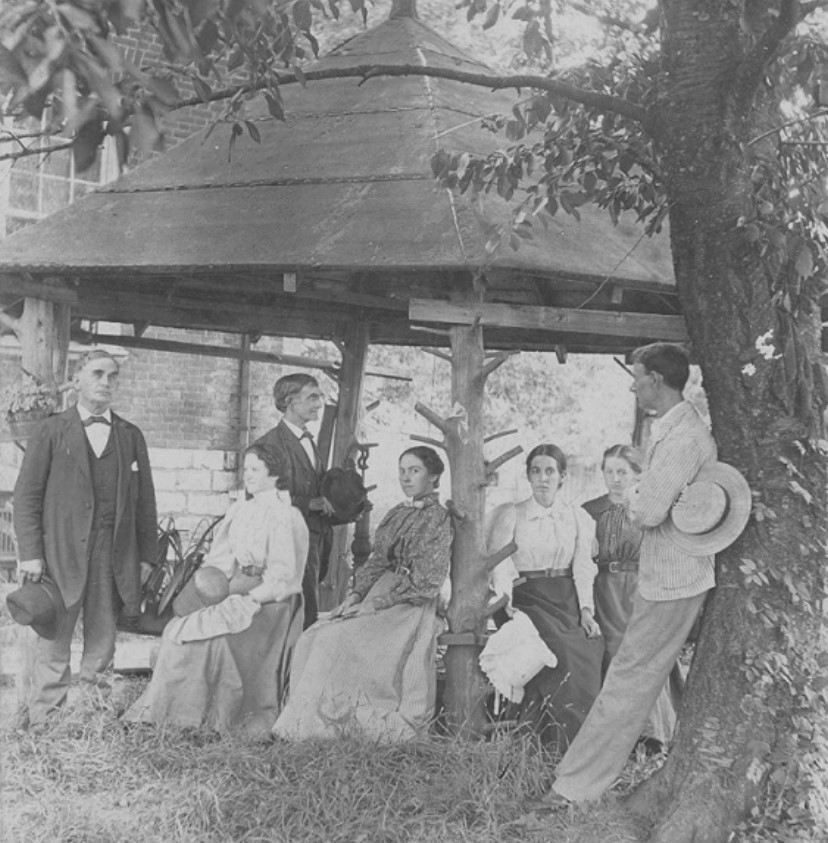
Early on, our team committed to telling the story of the Kentucky Shakers through our digital media platforms. Bringing our humanities programming to you when you could not physically visit yourself, enabled us to act as a source of education, entertainment and an uplifting presence. As we reached out to you – our guests and supporters – to share this digital content, we received an outpouring of care and concern that meant so much to the staff who care for this powerful place every day.
2020 has turned out to truly be a year like no other, but despite the ongoing health emergency, Pleasant Hill remains and has been a peaceful retreat for our guests in an otherwise uncertain world. This has been possible because of you, your support, and your willingness to visit this summer and fall. Let’s take a look back at everything your support helped accomplish this year.
Preservation of The Historic Centre
When SVPH closed in March, the preservation staff was well-into a large project related to the 1817 East Family Dwelling. A private donation from a generous donor enabled SVPH’s talented team of craftsmen to continue this work while the Village was closed to the public, focusing on the building’s windows and doors and replacing the wood shingle roof.

Other notable preservation projects in 2020 included the completion of the 1833 Waterhouse and 1860 Bath House project, painting of the 1821 Ministry’s Workshop, installing a new roof on the 1809 Farm Deacon’s Shop, and cleaning and repointing of the masonry on the Farm Deacon’s shop and the 1811 Old Stone Shop. When you visit this winter, you’ll notice work has begun on the 1835 East Family Wash House. This building will be painted as soon as the winter weather breaks next spring.
Improvements to the Visitor Experience
During our closure, the Program Team, Marketing Team, Preservation Team, Farm Team, and Preserve Team produced digital content at a fast and furious pace. During this three-month time frame we posted six blog posts, over 20 interpretative videos, four photo slide shows, and many historical trivia posts. This work was made possible in part by a CARES grant through Kentucky Humanities. This type of work continued after our reopening as Program Specialist Laura Webb worked to prepare our collection records for online publication. She published nine blog posts featuring collections objects, photos and artifacts. Ms. Webb’s work was directly supported by a CARES grant through the National Endowment for the Humanities.
We also installed 20 new outdoor waystations thanks to the generosity of Community Trust Bank. These waystations provide our guests with information about the Shakers and Pleasant Hill as well as a myriad of topics related to the The Farm, The Preserve, and the natural landscape. They are positioned in key locations across the Village and add accessible interpretation of the Village to the guest experience.
Improving accessibility across the site is a long-term goal for us. In addition to the waystations, we installed an accessible path in the The Orchard, The Herb Garden, and The Native Garden as well as several picnic tables. We truly had no idea how big of an impact The Garden Project would have. This area became one of the most popular places in the Village this summer, much to the delight of our private donor.
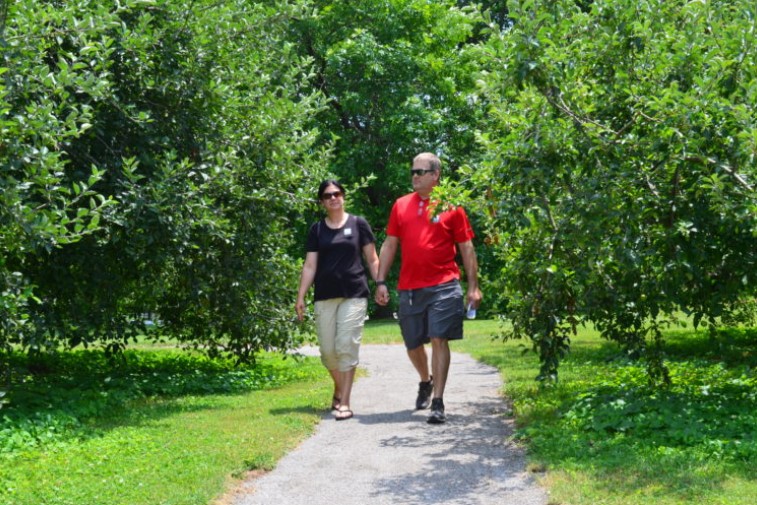
We also continued our work to implement the new site-wide interpretative plan which is rolling out in stages across multiple years. In the first half of 2020, we installed 147 exhibition panels and 49 objects in six exhibits across four buildings. This is just the beginning of full, interactive exhibitions that are still to come!
The Farm
The Farm here at Shaker Village is a year-round operation that requires daily attention to our more than 100 animals. This year our “farmily” grew to include six lambs, six calves, 18 ducks and 36 new sheep (two different breeds!). We also expanded the farm footprint to 118 acres by adding a 68-acre tract of native grasses and added blackberries, flowers and green space near The Orchard.
One of the biggest challenges we faced at the Farm was food production. When we closed in March, our Farmers already had hundreds of plants growing in the greenhouse to support our farm-to-table dining experience. With the dining room closed, and later open at a reduced capacity, we were able to donate more of our produce to food banks and pay-it-forward restaurants. We also began a CSA model in the fall that we will continue and expand in 2021.
If you didn’t know, we also entered into a partnership with LGE and KU this year to give “baaaaack” to the earth. This innovative project established a flock of grazing sheep at the E.W. Brown Generating Station in Mercer County where their solar array is located. The sheep replace the need to mow with gas-powered lawnmowers and has been a huge success! Over the winter the sheep will be back at SVPH so we can care for the growing flock.
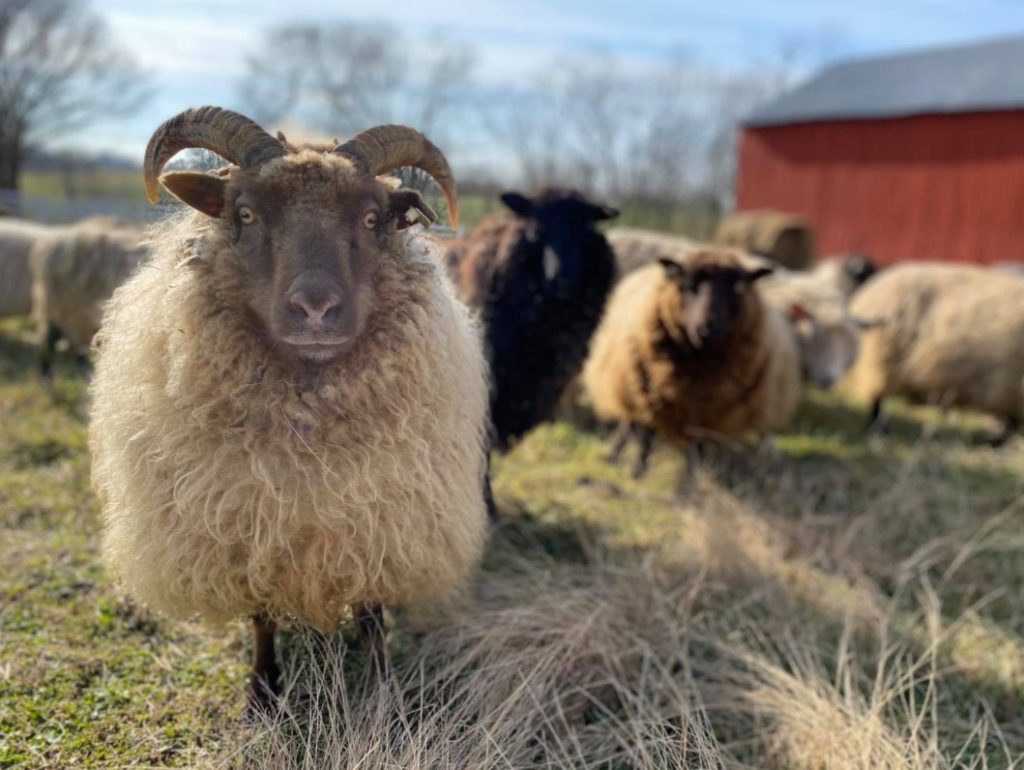
The Preserve
The Nature Preserve is always popular during the summer and fall. This year was no exception as we saw record numbers of visitors hiking and riding on our 37-miles of multi-use trails. If you hiked on the Shawnee Run Trail or the West Lot/Shawnee Run connector trail, you may have noticed that we corrected some drainage issues, making the trails more guest-friendly and environmentally sound. This project was supported by gifts from the Tirbracken Green Foundation and the Fort Harrod Backcountry Horsemen.
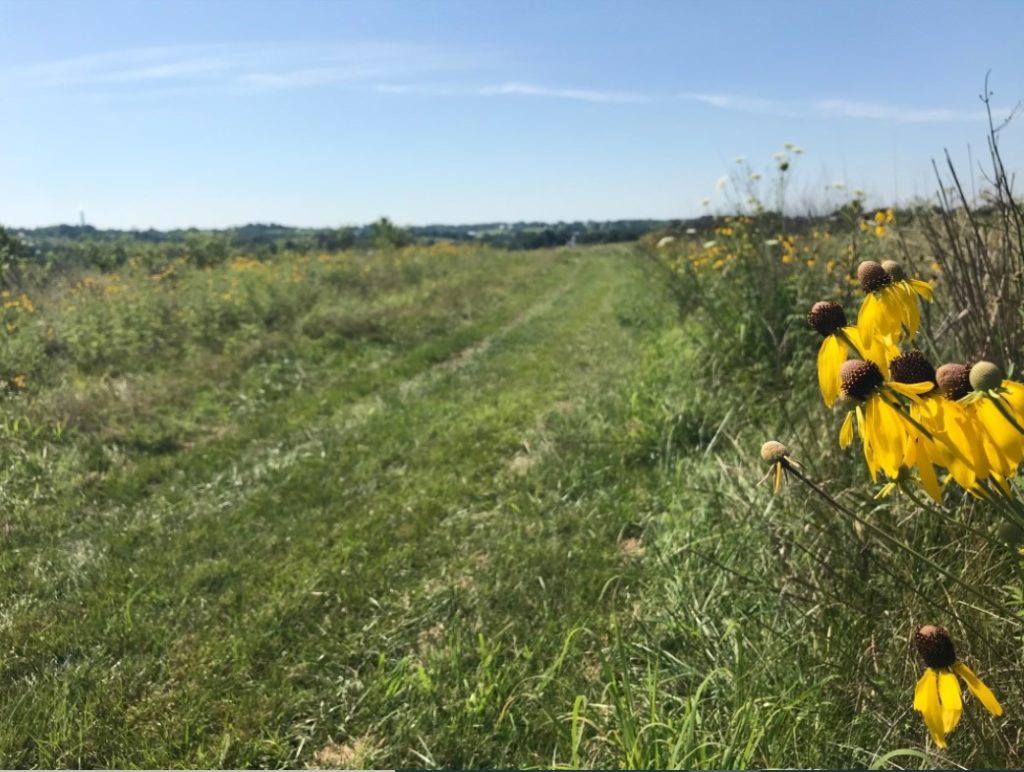
It turns out that it wasn’t just humans turning out in records numbers. This year, our naturalist tagged 200 Monarch butterflies during their migration – a sharp increase over last year’s population study. We also continued to monitor our avian population via mist netting efforts through our partnership with the Kentucky Department of Fish and Wildlife Resources. Highlights from this year were the Nelson’s Sparrow, Pine Siskin and Purple Finch along with many of our regular breeding birds and usual migrants.
Protecting the natural landscape is always the focus at The Preserve. This year we conducted prescribed burns for over 300 acres of converted native prairie as part of our regenerative practices. We also continue to sample water in the Shawnee Run Creek for Kentucky River Watershed Watch and are seeing good results as far as water quality.
Looking Ahead to 2021
If we learned anything at Shaker Village in 2020, it was to be flexible, focus on what we could do to provide our guests with the best possible experience, provide support in the community where we could, and keep doing what we do on The Farm, in The Preserve and to sustain this site.
We also learned that we are not alone – you’ve shown us that you care about this site as much as the staff does. At the time of this writing, over 900 individuals, families, companies and foundations have made a financial contribution to sustain our operations. An additional 1,075 households have purchased an Annual Pass in 2020 – revenue that also supports SVPH’s operations. Your support has helped tremendously, allowing us to reopen and remain a top destination. We cannot thank you enough.
2021 is likely to also be a year like no other. We’re going to take it month by month, but we can promise you that we remain committed to caring for this site, to serving our mission, and to providing you with an peaceful place to rest, relax and discover.
